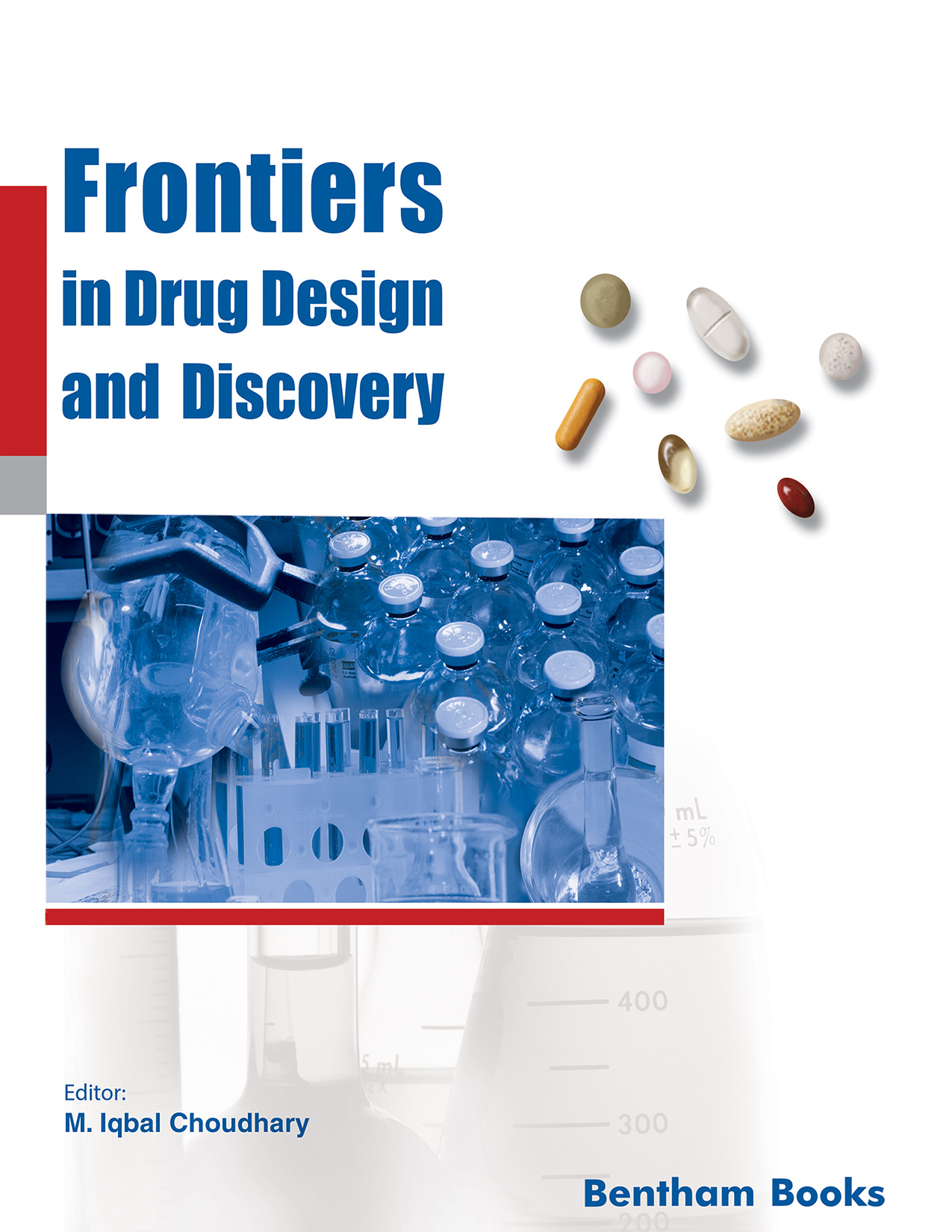Drug discovery and development is a continuous process as the world faces the emergence and re-emergence of infectious diseases, and the increasing prevalence of non-communicable disorders, neglected tropical diseases, and ailments related to the ageing population. Many of the currently available drugs are either insufficiently effective or pose safety and resistance challenges. In this situation, developing safe, effective, and target-specific drugs remains the mainstay of pharmaceutical research. Tremendous progress in genomics, molecular biology, system biology, green synthesis, etc., has made this process time-efficient, whereas drug repurposing continues to offer an excellent alternative to de novo drug development.
The 12th issue of the prestigious book series, "Frontiers in Drug Design and Discovery" maintains the same level of quality, comprehensiveness, and novelty. It is a compilation of chapters contributed by notable experts in this interdisciplinary field.
The review by Kashaw et al. is focused on the effective use of homology modelling for Computer-Assisted Drug Design (CADD). The modern drug discovery process is based on a profound understanding of the structures of protein drug targets. However, 3D structures of a large number of proteins are not available, which creates the need for a credible computational tool that can predict the tertiary structures of proteins efficiently and precisely. The authors have comprehensively reviewed the recent literature in this field and highlighted the merits and demerits of various homology modelling tools through examples.
Chagas disease and Leishmaniasis, characterised as neglected tropical diseases, are reported in 149 countries. They are vector-borne, often zoonotic infections caused by various strains of Trypanosoma and Leishmania parasites. Camargo et al., in their review, have highlighted the major limitations of current anti-trypanosomatid drugs, and efforts to overcome these challenges by deploying novel approaches. They have also presented an overview of new drug candidates developed through Neglected Diseases Initiatives (DNDi) in various stages of clinical trials.
Degani et al. have reviewed a long-forgotten class of pharmacophores, nitro-heterocyclic compounds, as potential treatment options for drug-resistant tuberculosis. The current status of the development of nitro heterocyclic-based anti-TB agents, their mechanisms of action, and efforts to overcoming their toxicity have been extensively discussed.
Last but certainly not least, Prasad et al. have contributed a chapter on the discovery and development of SARS-Cov-2 protease inhibitors of natural origin. They have discussed the Mpro (main protease of SARS-Cov-2) inhibitory potential (in silico and in vitro) of diverse classes of natural products, obtained from plants and marine organisms.
We wish to congratulate the entire team of Bentham Science Publishers, and the authors for timely publication of the 12th volume of this ebook series. We appreciate the efforts of Ms. Mariam Mehdi (Assistant Manager Publications) and team leader, Mr. Mahmood Alam (Editorial Director) for their sustained efforts to maintain the high standards of this series. It is our genuine hope that the scholarly articles will prove beneficial to the readers
M. Iqbal Choudhary
H.E.J. Research Institute of Chemistry
International Center for Chemical and Biological Sciences
University of Karachi
Karachi, Pakistan

